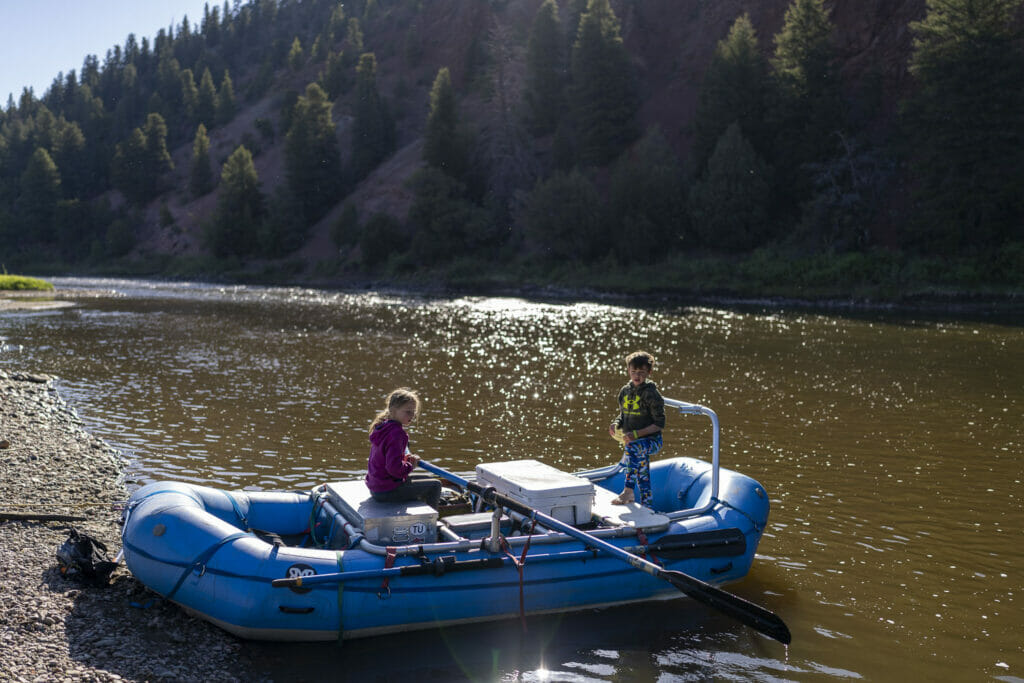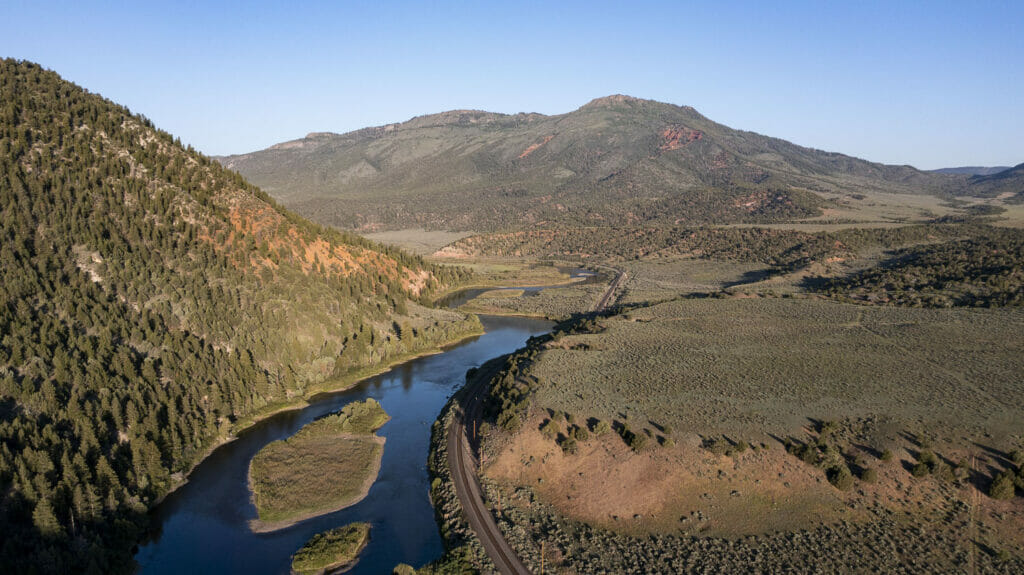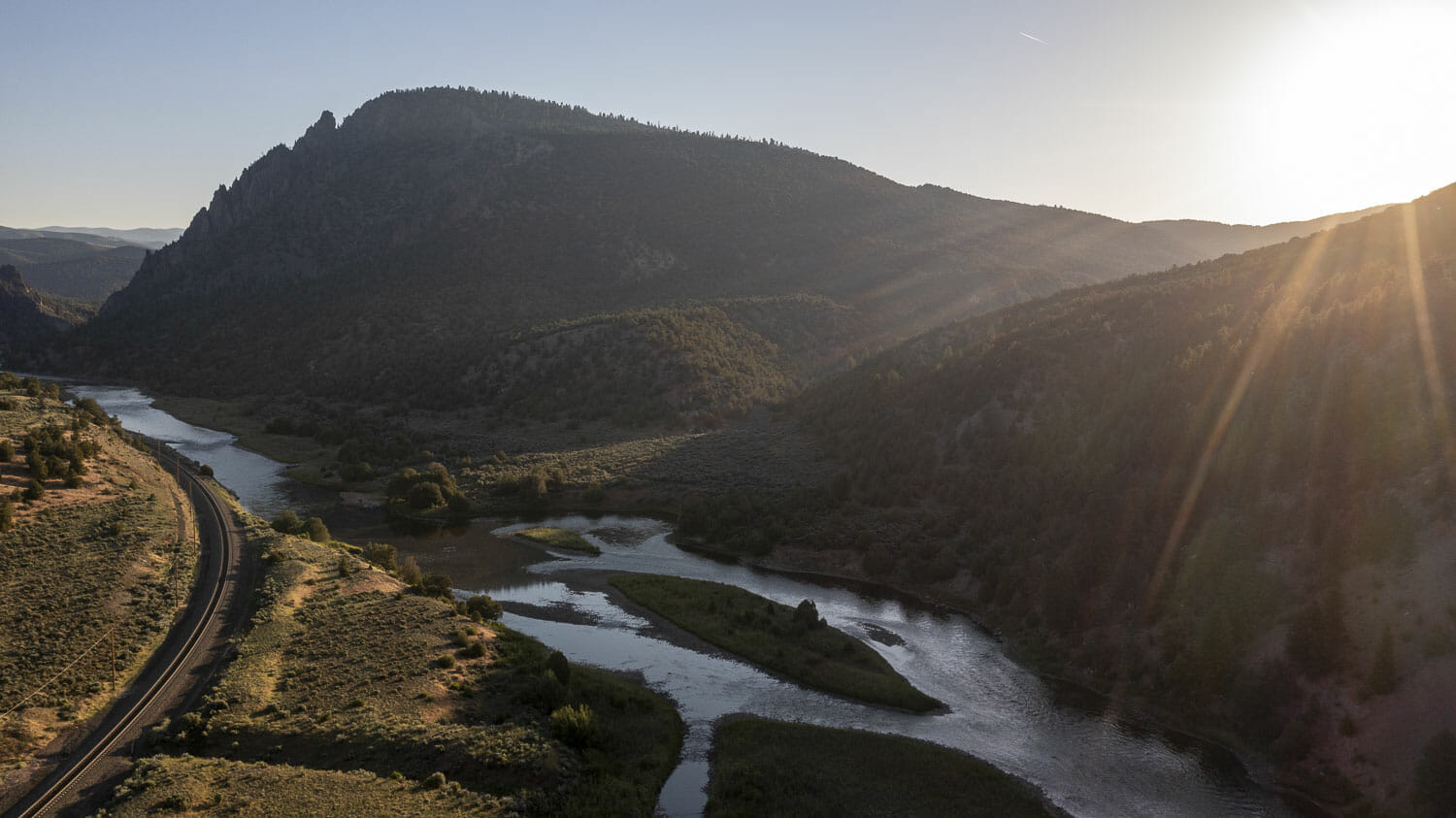Refresh. Refresh. Refresh. You’d think I was checking the score for game seven of the World Series, but I wasn’t. Obsessively, I hit refresh on my trusty Riverbrain app no less than 50 times the day before our trip hoping to see the spike go up on our beloved Colorado River.
But the flows didn’t rise. In fact, they went further down.
Sitting at 349 cubic feet per second this was alarming. To put it into perspective our stretch of home water near Kremmling, Colo., typically runs about 2,200 cfs this time of year during runoff and there have been instances where we’ve run it in July at 4,500 cfs as well. We all know that these conditions will and do fluctuate widely year to year based on snowpack, spring rains and extreme heat.

The new normal, it seems, is to venture out into these familiar haunts on our public lands only to come back shaking your head wondering what the hell changed.
I’ve never seen that rock there. Was that an island last time we came? Why is it 90 degrees in early June at 10,000 feet?
Fire restrictions, we have those too. Are you thinking of fishing mid-day on the Upper Colorado this year? You might want to look at that thermometer sitting in the bottom of your pack because it just hit 74 degrees in the water near the boat ramp this week.
I don’t mean to sound like a downer, but that’s not good.
Unless you’ve been living under a rock you probably know that our climate, rivers, forests and entire ecosystems are, in fact, changing. We listen to news channels, radio stations, podcasts and follow social media on a daily basis dishing out the facts on climate change but the best way to have it truly sink in is to watch it happen right before your very eyes. I listened to my two young kids talk about the difference in the water on this trip, so I guess I’m watching it happen right in front of their eyes, too.

The question remains what can we do? How does one react to the changes in their home waters? The answer is complex, and we all know the little things we can do to save our rivers add up to a lot for the whole system. It’s not one person’s fault either so let’s not point fingers. We all own this problem and I believe the best thing we have at our disposal is education.
A friend of mine reacted to a post on social media the other day and it got me thinking of this entire post. It basically stated that we, as river users and lovers, see these changes firsthand because we are immersed in it much more. But there’s a large portion of the public who only knows water from a tap, even in places like Denver.
Anglers, river rafters, kayakers, hikers and hunters need to continue to educate and inform those that might not know our rivers and public lands as intimately. In my opinion, subtle statements about climate are out the window. Now is the time to be loud about the future of our rivers.
Using your voice can be as simple as becoming a member of Trout Unlimited and speaking up on local issues whenever there’s an opportunity. While you’re at it, check out our ongoing series on water in the West, and learn what we’re doing about this complex issue.
All of this still leaves me curious. What are you all seeing that has changed while out on the rivers you love? Let us know in the comments or on social media.



